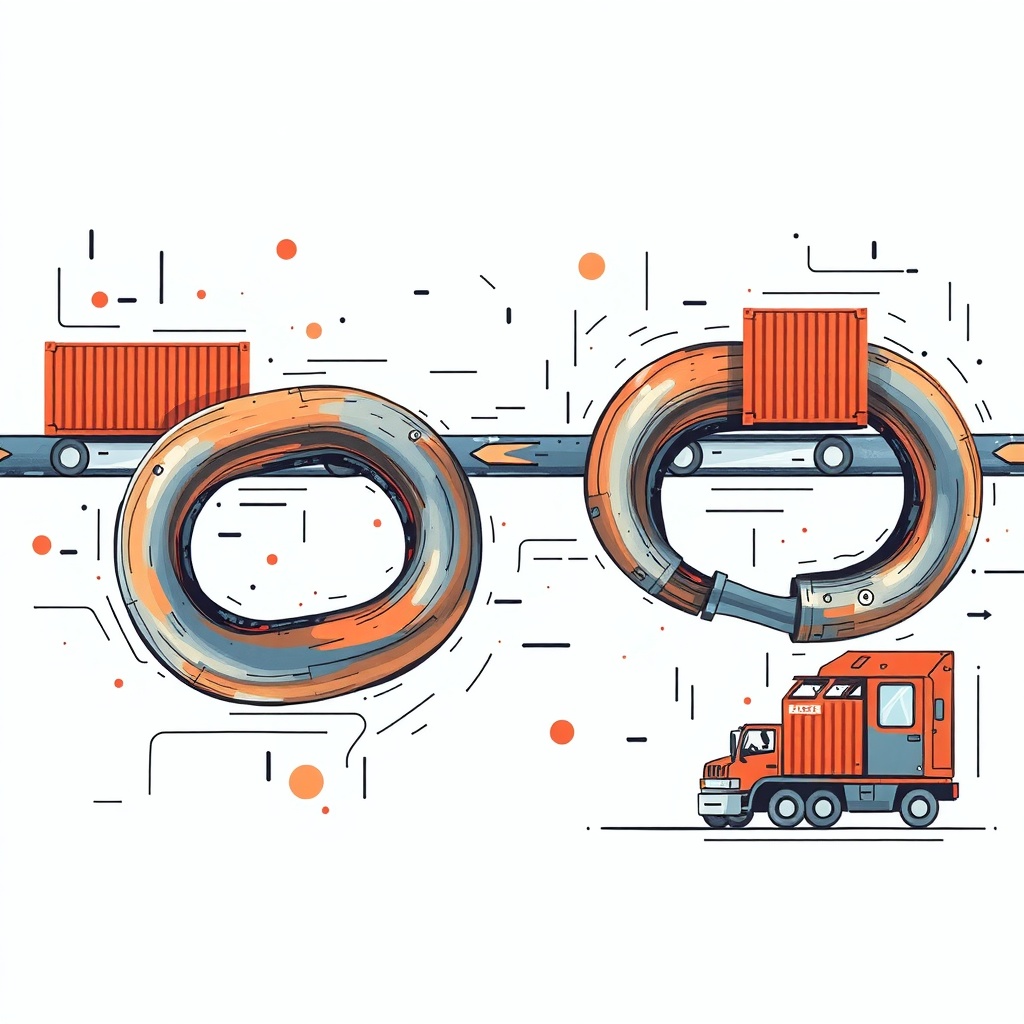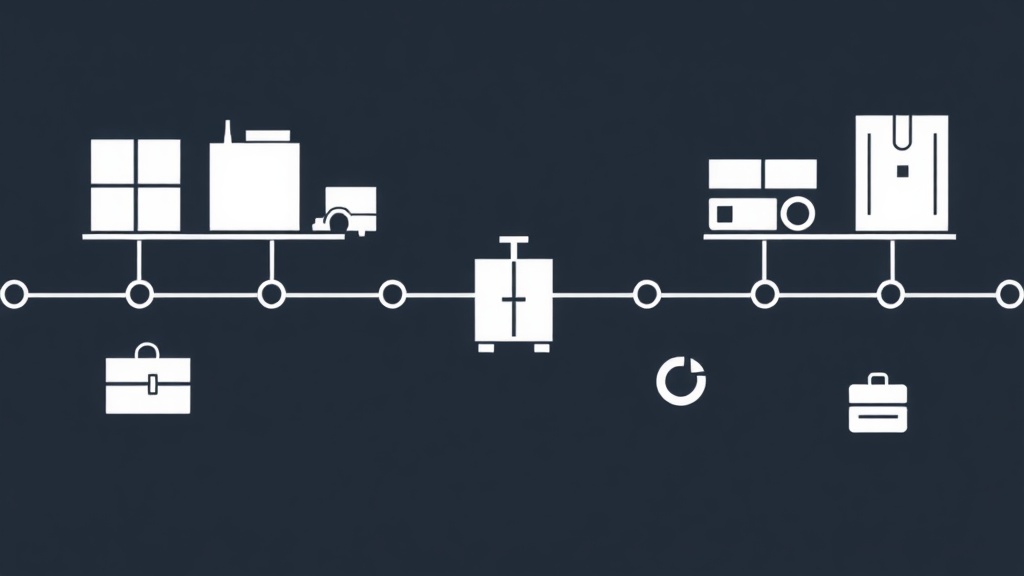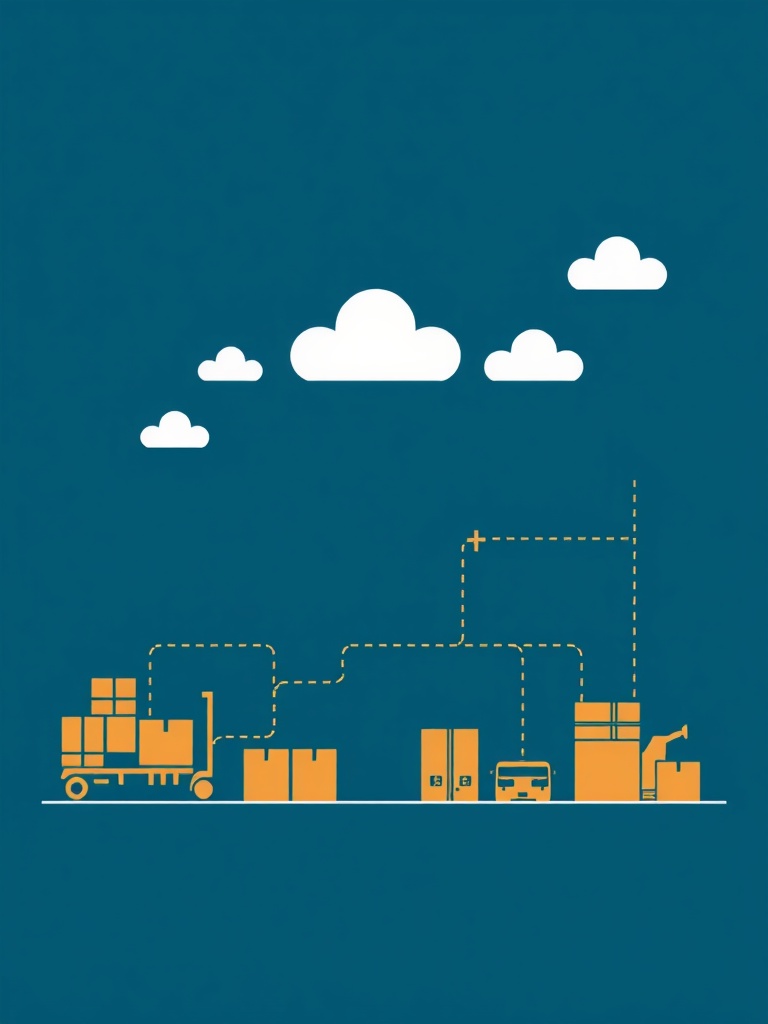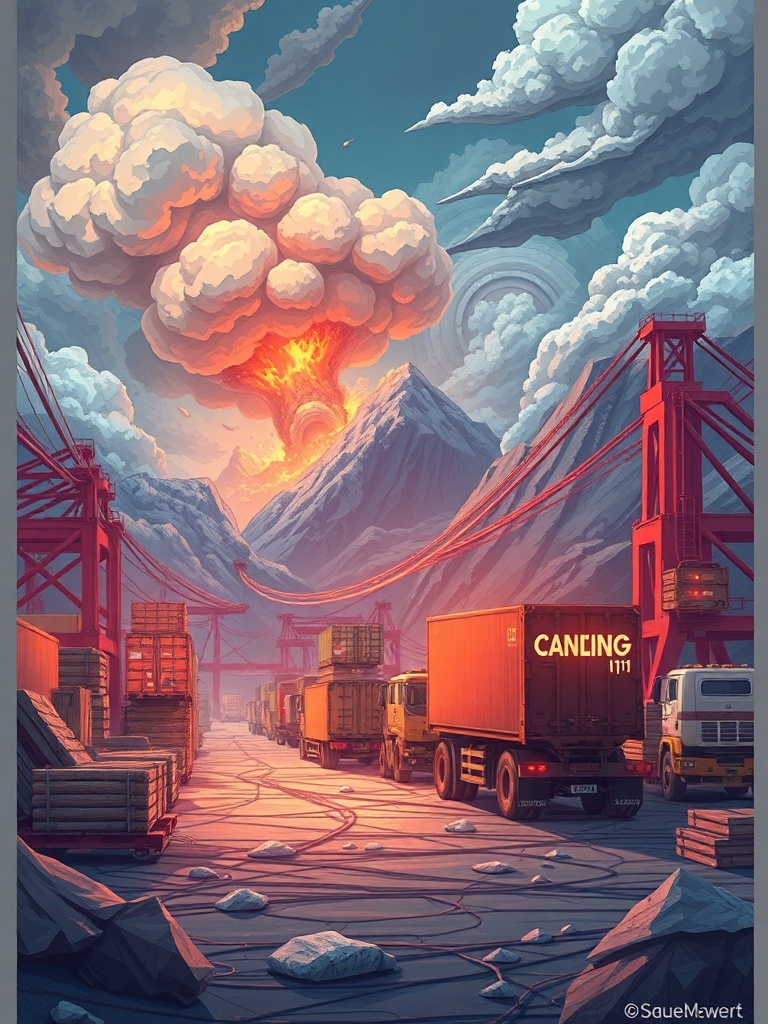How to Build a Resilient, Digitally Enabled Supply Chain
Supply chains face constant pressure from demand volatility, geopolitical shifts, extreme weather, and evolving customer expectations. Building resilience while maintaining efficiency requires a mix of digital visibility, strategic sourcing, and operational flexibility. The goal is not to eliminate disruption — that’s impossible — but to respond faster, mitigate impact, and recover with minimal cost.
Digital visibility as the foundation
End-to-end visibility is the single most powerful lever. Control towers, cloud-based ERPs, and real-time tracking create a single source of truth for inventory, shipments, and supplier status. Visibility enables faster decisions through:
– Demand sensing: short-term signals from point-of-sale, e-commerce, and social data refine forecasts and reduce stockouts.
– Exception management: automated alerts prioritize responses to late shipments, quality flags, or capacity constraints.
– Scenario modeling: what-if simulations reveal bottlenecks and guide contingency plans.
Diversify and regionalize sourcing
Relying on a single supplier or geography concentrates risk. Diversification can include multi-sourcing critical components, qualifying alternate suppliers, or shifting production closer to key markets through nearshoring.
Strategic supplier relationships with flexible contracts and shared risk mechanisms improve responsiveness without sacrificing cost discipline.
Inventory strategies that balance cost and service
Inventory is insurance — expensive, but often necessary. Advanced approaches such as multi-echelon inventory optimization and dynamic safety stock tied to demand variability reduce carrying costs while maintaining service levels. Consider allocating buffer inventory for high-impact SKUs and leveraging postponement strategies to delay final configuration until demand is clearer.
Operational agility and workforce readiness
Cross-training personnel, maintaining modular production lines, and using temporary capacity partners increase agility when demand surges or a facility is compromised. Digital workflows and remote monitoring enable faster shift of production or rerouting of orders with minimal downtime.
Last-mile innovation and fulfillment flexibility
Customer expectations for fast, transparent delivery keep rising. A mix of fulfillment options — centralized distribution, micro-fulfillment centers, click-and-collect, and partner networks — spreads risk and speeds delivery. Dynamic routing, crowdshipping, and same-day options are viable when supported by real-time data and cost-to-serve analysis.
Sustainability as a resilience multiplier
Sustainable practices frequently align with resilience goals. Reducing dependence on long-distance transport, optimizing packaging, and improving energy efficiency lower exposure to fuel and regulatory shocks. Traceability tools that verify materials and emissions help manage supplier risk and meet rising regulatory and customer demands.
Practical steps to get started
– Map critical flows: identify mission-critical suppliers, components, and chokepoints.
– Invest in visibility: prioritize systems that integrate data across procurement, warehousing, transportation, and sales.
– Run tabletop exercises: test scenarios for supplier failure, port closures, or demand spikes to refine playbooks.

– Segment products: apply different inventory and fulfillment strategies by SKU profitability and criticality.
– Strengthen supplier collaboration: share forecasts, co-invest in risk mitigation, and set performance KPIs tied to resilience.
Measuring success
Key metrics include order fill rate, time-to-recovery after disruption, inventory turns adjusted for availability, supplier on-time delivery, and total cost-to-serve. Tracking these indicators enables continuous improvement and helps justify investments in digital tools and strategic redundancy.
Resilience is not a one-time project but an ongoing capability. Combining technology with deliberate sourcing choices and operational flexibility creates supply chains that adapt faster, protect margins, and better serve customers through uncertainty.








